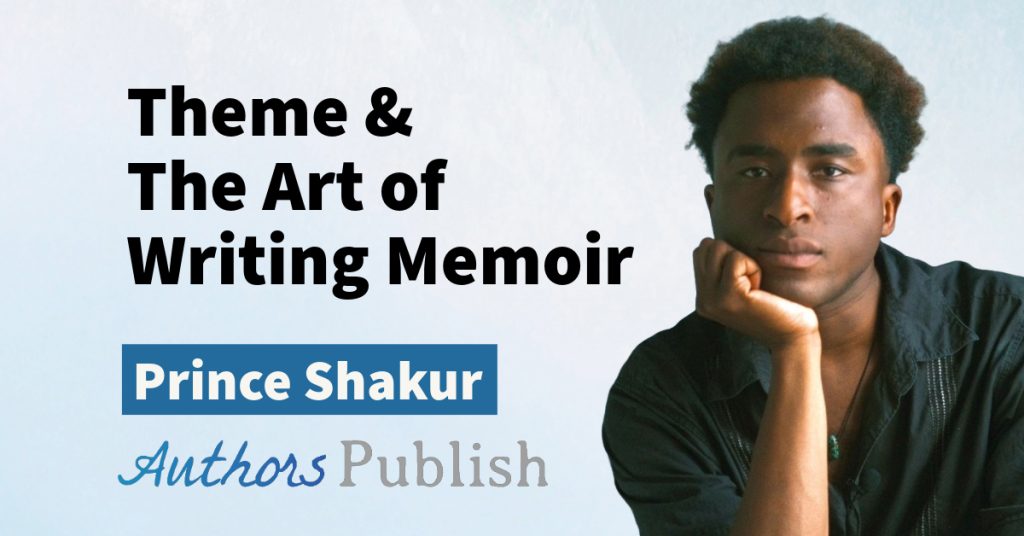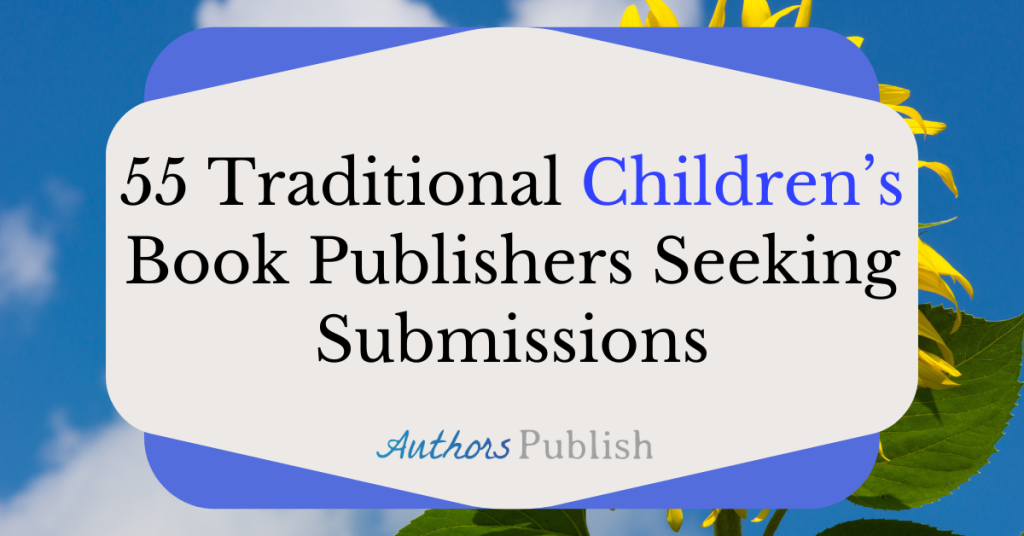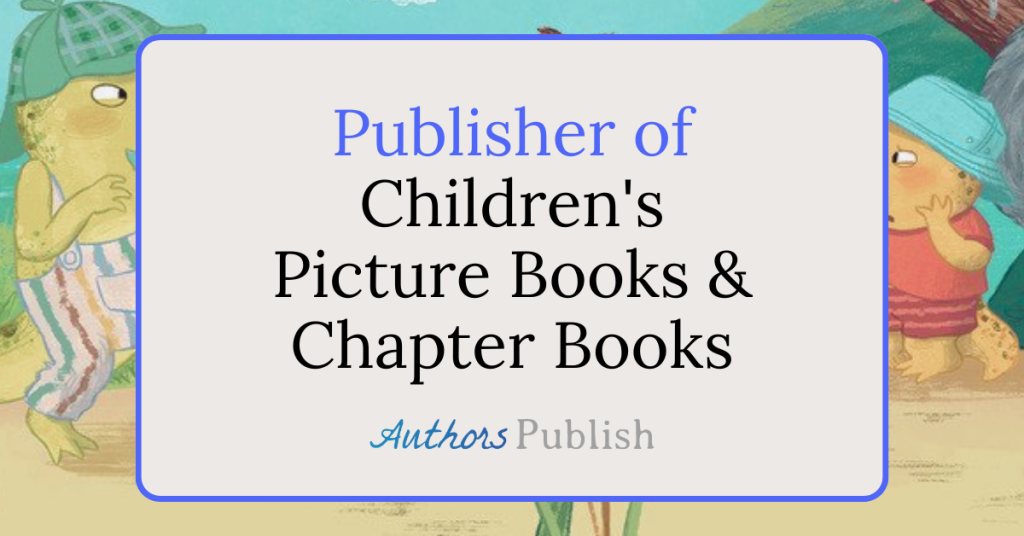By Modupeh Duncan
Writing a novel comes with many challenges: finding time to write on a busy schedule, developing a consistent and intriguing plot, navigating character threads, creating well-rounded, realistic characters, etc. But something that most people do not spend enough time thinking about is genre. Selecting a genre seems almost intuitive; however, there is so much more to genre than meets the eye.
Genre is the style or category of writing an author chooses, and it is a controlling factor of how a writer plans and executes a novel or short story. When a reader picks up a book of a certain genre, they have certain expectations of what they will find within those pages. These expectations include word count, character types, themes, pacing, plot.
For example, a fantasy novel is expected to be longer, with detailed worldbuilding, while a thriller is expected to have well-paced chases and fights. Romances, with a cool, unreachable character that eventually warms to the protagonist sends romance buffs swooning.
I like to think of genre as flavors, solid and predictable, but like with recipes, the fun lies in blending to create something truly special. In the same way, mixing genres can lead to some spectacular and unique combinations. Imagine what these blends would look like, the characters that would live there, the plots twists: a western thriller, a paranormal romance, or a military mystery.
So before sitting down to write, it helps to take time to think about the flavors that make a novel worth picking up.
To start, decide on your audience; who are you planning to sell your novel to?
- Picture Books – highly visual with some text. Ages 5 – 9 (50 – 2,500 words)
- Chapter Books – short novels with simple themes and some pictures. Ages 7 – 10 (10,000 – 12,000 words)
- Middle Grade (MG) – deals with middle school themes, such as handling bullies, school life, siblings, and parents. Ages 8 – 12 (20,000 – 25,000 words)
- Young Adult (YA) – stories can be in different genres as with Adult novels. The difference is that the protagonist(s) is/are aged 12 – 18. (35,000 – 45,000 words)
- New Adult (NA) – characters are college aged and plot focuses on college themes, such as going into the world for the first time, independence, new romances, and sexual encounters.
- Adult – main characters are adults dealing with adult hardships, romances, family life, etc. These stories can be any of the genres listed below. The rules on word length vary by genre. Romance would be 80,000 words, while fantasy can be up to 130,000 words.
Next pick your genre from these popular fictional genres:
- Fantasy – a world of magic and magical creatures. Subgenres include: high fantasy involving fictional worlds; low fantasy in worlds closer to ours; high magic having a structured magical system with rules; and low magic with less rules and more “just because” magic.
- Science Fiction – a world ruled by advanced technology and scientific concepts. Subgenres can be classified as either hard sci-fi where the focus of the world is on tech, versus soft sci-fi which has tech as an afterthought and the plot is more character-driven. This genre has loads of subgenres you can read more about here.
- Romance – the focus is on romantic relationships between at least two people. The romance can range from idealism to eroticism, but don’t confuse erotic romance with erotica. To read more about different romance subgenres, click here.
- Action/Adventure – this genre is filled with fast-paced plots, which involve car chases, fights, and/or travel to different geographic locations. The reader is placed at the edge of their seat always wondering how the protagonist will get out of this scrap or that. This genre is usually combined with other genres, such as fantasy, sci-fi, crime, or suspense.
- Speculative Fiction –bends the rules of our world and takes the reader into a world that’s very different from ours. Because of this it lends itself to the world of fantasy, sci-fi, and horror. The main question asked in this genre is “what if…” For example, what if magic existed? What if you were teleported to another world? What if the Nazis won WWII?
- Suspense/Thriller – at least one character is in a state of constant peril, which can be physical and/or psychological. There are many instances of cliffhangers, near misses, and fights for survival. There are many thriller sub-genres here.
- Historical – historical locations are used as the backdrop in this genre with historical characters given fictional lives and stories. It combines well with other genres, such as romance.
- Westerns – the setting is in the old American West, usually between 1865 to the early 1900s. The main characters involve cowboys, Indians, and miners with themes of conquest, search for gold, and surviving hardships. Can be mixed with other genres.
- Mystery/Crime – these are also referred to as “whodunits” and involve something unknown that must be revealed by the end of the novel. It can be finding a killer, solving how a crime was done, and/or revealing someone’s identity or importance. These can range from the amateur sleuth to police procedurals. Find more sub-genres here.
- Horror/– these involve scary elements as characters encounter ghosts and supernatural beings, such as demons (occult sub-genre), werewolves and vampires. There is a general feeling of suspense as the protagonist is pursued and must escape these monsters and creatures.
- Family Saga – generational stories chronicling the lives and experiences of one or more families, their hardships, feuds, curses, loves, and triumphs.
- Women’s Fiction – stories in which the central protagonists are women, usually a group of women. Conflicts revolve around their gender as it relates to societal restraints, personal and governmental.
- Magical Realism – magic within a contemporary, real world setting. The fantastical is mixed with the mundane in such a way as it blends together naturally. The characters within the story see magical happenings as normal and ordinary.
- Literary Fiction – focus is more on characters and theme than plot. The human condition is dissected and spilled on paper with all its ugliness and beauty. It lends more to winning awards, but it may be harder to sell in today’s literary market, which focuses more on popular fiction.
With this review of genres, you are ready to mix, blend and create new and interesting worlds that will captivate readers.
Happy writing!
Bio: Modupeh Duncan lives in the DC/MD area. She enjoys watching anime and traveling the world. She will be in the upcoming “Monsters We Forgot” Anthology by Soteira Press. Twitter: @DuncanModupeh.





